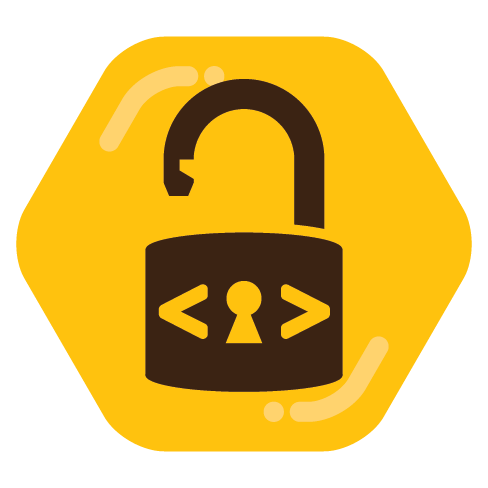Some feedback:
- On white background the text next to the logo is not visible
- Add screenshots in the README, it’s a GUI app
- Requirements.txts for dependency management is the old way, read about
pyproject.tomlyou can merge them a single easy to read and edit file - “Install the dependencies” means nothing to a non-python developer. Direct users to install your project via pipx, that’s modern and secure way of installing a python application with dependencies for non developers. Publish it to pypi for even easier installation.
- Add a notice that currently it’s windows only
os.path.join(os.environ["APPDATA"], "Tagify", "config.yaml")will fail on *nix systems. Usepathlib.Pathinstead ofos.path. Use pathlib, I see on a lot more places it would make your life much easier. - I have a feeling that the file icons are not your work. If you copied them from somewhere make sure their license is compatible, and add an acknowledgement.
Keep up the work, it seems like a nice project!










Python is installed by default on all linux and mac systems, so it’s just one more command to install pipx. From there just
pipx install tagify. You don’t need an installer, just specify the build tools in pyproject.toml: https://packaging.python.org/en/latest/specifications/pyproject-toml/#declaring-build-system-dependencies-the-build-system-table e.g. with setuptools: https://setuptools.pypa.io/en/latest/userguide/pyproject_config.htmlIf you publish to pypi it will build the wheel files when you publish a version. That’s the easiest way I know.
Innosetup is windows only. On linux you don’t need such a thing.